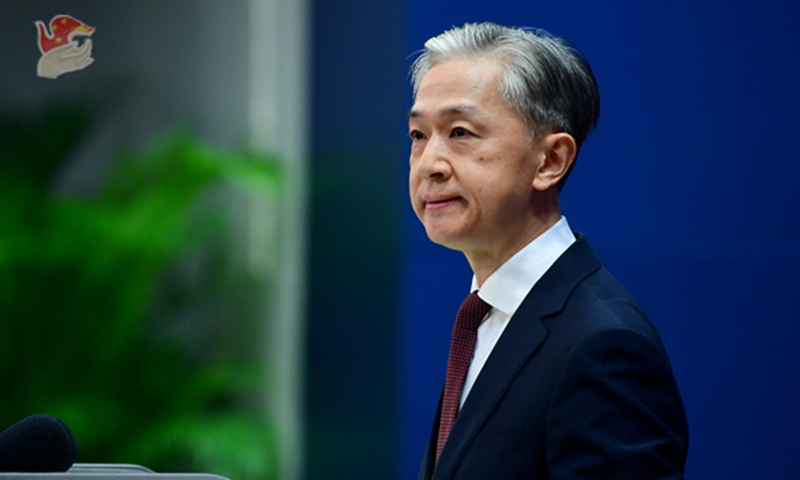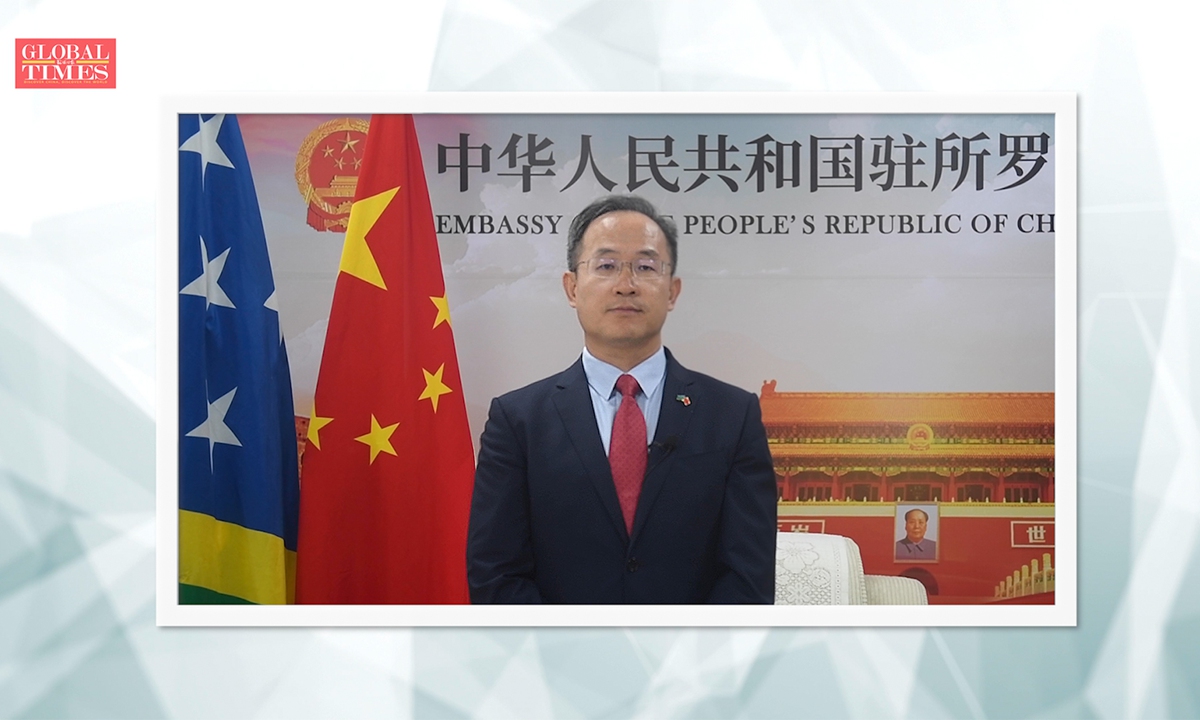PETALING JAYA: The property market is expected to remain cautiously optimistic in 2023, with the gradual increase in the Overnight Policy Rate (OPR) since last year likely to affect market activity, particularly on residential demand, says the Valuation and Property Services Department.
The outlook of the workforce in the construction sector and the increase in the price of building materials will also affect supply.
Department director-general Abdul Razak Yusak said internal and external factors, such as economic and financial developments both globally and in the country, would also have an impact on the real estate sector and the sentiment of industry players.
“Looking at the national economy which is projected to grow by 4% to 5% in 2023, supported by continued resilient domestic growth prospects, the property market is expected to remain cautiously optimistic in 2023,” he said.The first quarter of this year alone saw over 89,000 transactions worth RM42.31bil, which was higher than those recorded in pre-pandemic years, he said.
“The seasonal factor in house purchases, which is usually low at the beginning of the year, the increase in OPR and the decline in Consumer Sentiment Index (CSI) are among the factors that contributed to a decline in residential market activity in particular,” he said.
New residential launches, said Abdul Razak, were also indicating a cautious sentiment among developers, with the number recorded at nearly 4,700 units, which was less than those in previous years, while sales performance was moderate at 25.7%.
The decrease in new launches was in line with the decrease in the number of developers’ licences and advertising and sales permits of new housing sales and renewals approved by the Local Government Development Ministry from 5,641 in January and February last year to 2,911 during the same period this year, he added.
Johor recorded the highest number of new launches at 2,077 units or about 45% of the nationwide total with a sales performance of 24.9% while Selangor had the second highest at 791 units or 17% share with a sales performance of 37%.
Abdul Razak said in line with the cautious sentiment among developers, construction activity had slowed down in the first quarter of 2023.
“This is seen as a positive development to balance the unsold supply in the market,” he said, adding that the residential and serviced apartment overhang status continued to be positive.
“The number of overhang units has decreased to 26,872 units worth RM18.31bil in the first quarter of 2023 as a result of market absorption in all states, except Selangor. The volume and value of residential overhang decreased by 3.2% and 0.5% respectively compared with the fourth quarter of 2022,” he said.
Selangor recorded the highest number and value of overhang units, with 4,995 units worth RM4.47bil, followed by Johor at 4,759 units worth RM3.94bil, Kuala Lumpur with 3,423 units worth RM3.13bil, and Penang with 3,138 units worth RM2.48bil.
The purpose-built office (private) and shopping complex segment in Kuala Lumpur and Selangor, said Abdul Razak, should be given attention as there was a surplus of space, which was also expected to be severely affected by the inflow of new supply this year.This is as Kuala Lumpur recorded the highest available private purpose-built office space at 2.53 million square metres involving 290 buildings, followed by Selangor with 1.40 million square metres involving 192 buildings.
For the shopping complex segment, Selangor recorded the highest available retail space nationwide at 0.79 million square metres with 146 buildings followed by Kuala Lumpur at 0.56 million square metres with 97 buildings.
“Developers need to be more thorough and cautious before planning any new development and local authorities need to evaluate in detail before approving each new project,” said Abdul Razak.

























